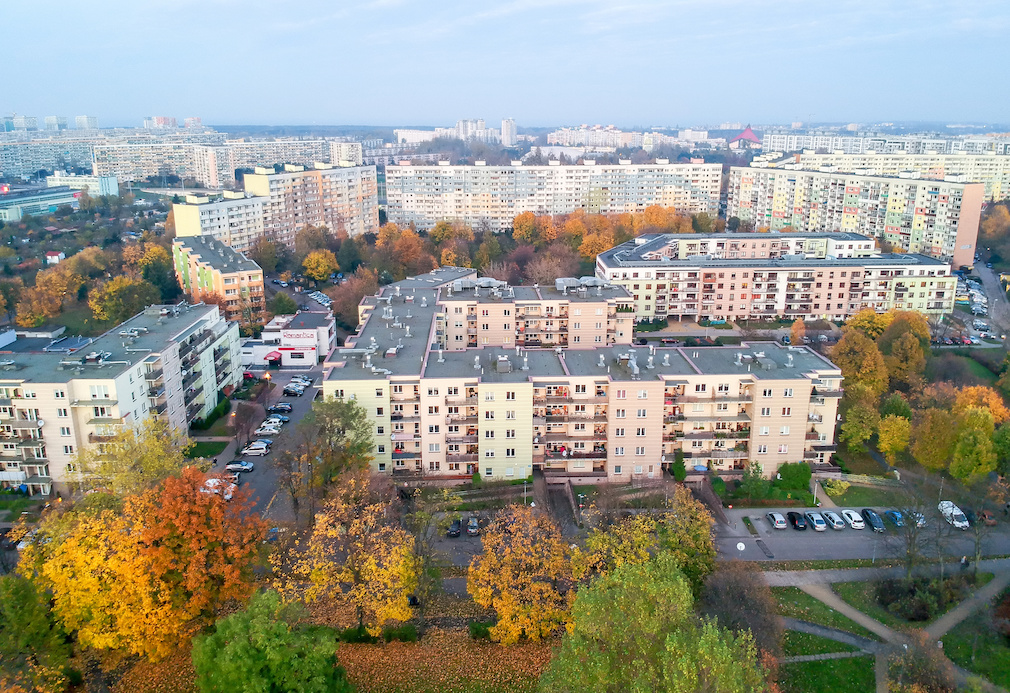The Boston metro area will be the best multifamily market in 2020 as a softening economy cools apartment demand nationally, according to a CBRE forecast.
“Boston is the star performer,” commercial real estate firm CBRE said in a report.
The multifamily vacancy rate in 2020 probably will rise to 4.5% from 4.3% in 2019, remaining below the long-term average of 5.1%, the forecast said. Rent growth likely will average 2.4%, the Los Angeles-based firm said.
The report said the metro areas surrounding cities would be the best location for apartment investments in 2020.
“Buying or building in the suburbs will remain the best bet based on market performance and investment returns,” the report said. “Suburban multifamily will outperform urban, maintaining lower vacancy and achieving higher rent growth.”
Other metro multifamily markets in CBRE’s top four for 2020 are: Phoenix, Atlanta and Austin, Texas.
Those three cities “are very high-growth metros by population, households, employment and multifamily demand,” the report said. “In Atlanta and Phoenix, development has not ramped up to levels that should cause any concerns.”
Seven smaller metros had 4% or higher rent growth as of Q3 2019, the report said: Albuquerque, New Mexico; Birmingham, Alabama; Colorado Springs, Colorado; Greensboro, North Carolina; Memphis, Tennessee; Dayton, Ohio; and Tucson, Arizona.
“They are likely candidates for outperformance in 2020,” the report said.
Rent control, enacted in New York, California and Oregon in 2019, will impact the multifamily market in 2020, the report said. Other states might join the list, the report said, citing possible regulations in Illinois and Washington, as well as more restrictive legislation in California.
“New rent regulations have been instituted in a few key markets and many more are being considered to alleviate rising rental housing costs,” CBRE said. “Housing economists concur that building more housing is a better response to the problem than rent control, but 2020 will bring more debate, possibly more regulation and more unease for the industry.”
The U.S. economy in 2020 likely will grow at a 2.1% rate, slowing from a 2.3% pace in 2019, Fannie Mae said in a forecast Dec. 18.
The unemployment rate, currently near 50-year lows, will stay under 4% through the end of 2020, the forecast said. That’s supporting the consumer spending that accounts for about 70% of GDP, Fannie Mae said.






